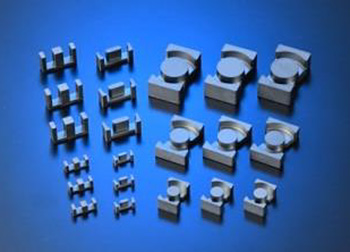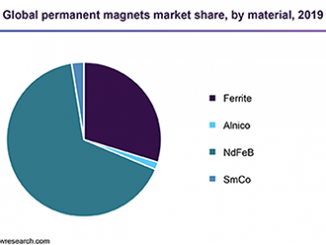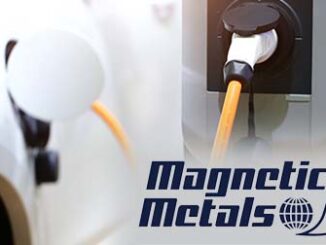
Hitachi Metals has developed a new soft ferrite core material designed to handle the high frequencies required in the increasingly high-speed networks operating in data centers and automobiles, also for smartphones, servers and other network equipment.
Its developers report a 30% improvement in core loss which they attribute to new metallurgy and heat treatment technology. The company is now mass producing the new material, ML27D, anticipating it will become a key enabler for downsizing and energy savings.
As information processing becomes more sophisticated, servers and other network equipment handle increasingly larger capacity and operate at higher speed amidst continuing demands for saving energy. The market demand is particularly intense in data centers where network equipment needs to be smaller size and produce less waste heat to curb air-conditioning costs which make up the bulk of operating costs.
The power supplies used in such equipment need to have higher switching frequencies for a more compact, efficient design while their components such as the power semiconductor switching elements, transformers and inductors need to offer low core loss, explained the company.
When the switching frequency of a power supply is raised from around a hundred kHz to several hundred kHz or more the core loss of the core materials that are the key elements of transformers and inductors increases, resulting in lower power conversion efficiency and greater generation of heat. There is growing demand for core materials that offer low core loss even in high-frequency range to reduce this generation of heat and to stabilize operation of the surrounding components.

The new soft ferrite core material is manganese-zinc ferrite. Hitachi says that Its original powder metallurgy and heat treatment technologies have improved core loss more than 30% in the range of 300 to 500 kHz compared to existing materials. Offering low core loss from low-temperature to high-temperature environments, it can reduce the energy consumption and heat generation of power circuits making it ideal for transformer and inductor components that are more efficient, reliable, compact and lightweight than conventional materials, the company says.
For more info, go to www.hitachi-metals.co.jp.



